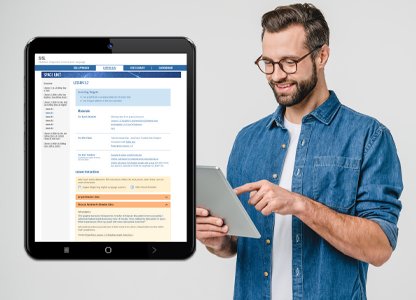Home » News & Resources » SEO Tips » Website Optimization Tools for Site Improvement

Website Optimization Tools for Site Improvement
Website optimization tools are key for diagnosing why a website is slow, has accessibility issues or even how to improve the site for search engine optimization (SEO).

Optimization Tools for Site Improvement
Site optimization tools are key for diagnosing why a website is slow, has accessibility issues or even how to improve the site for search engine optimization (SEO).
Website Optimization Tools for Site Improvement
Published: 11/09/2023

Site optimization tools are key for diagnosing why a website is slow, has accessibility issues or even how to improve the site for search engine optimization (SEO).
There are amazing tools out there for web optimization that are free; such as: GTMetrix, PageSpeed, Lighthouse, and many others. Out of these tools, we have used Lighthouse, and more recently PageSpeed Insights to improve the performance of our website, and of our clients.
These tools have helped not only improve site performance, but also point out issues related to accessibility, SEO and more.
Lighthouse
Lighthouse is a tool that runs in Chrome DevTools. A URL is audited, and it runs a series of audits for the page; generating a report on its performance. It currently shows the following categories:
- Performance - it checks the site speed, and how it performs when loading the site.
- Accessibility - checks for Section 508 Accessibility issues; such as color contrast, label forms, and more.
- Best Practices - checks for overall code health of a website.
- SEO - Search engine optimization.
- PWA - Progressive Web App contains modern APIs to deliver enhanced capabilities on any device using the same codebase.
PageSpeed
PageSpeed uses both real-world and lab data to measure the performance for a site. It's very similar to Google Lighthouse. PageSpeed checks for the vitals of a site using the Google Core Web Vitals Assessment. The Core Web Vitals are a subset of vitals that measure site performance. These vitals are:
- LCP - Largest Contentful Paint. This measures loading performance, and recommends that the website should finish the LCP within 2.5 seconds.
- FID - First Input Display. FID measures interactivity; and for good user experience, a page should have a FID of 100 milliseconds or less.
- CLS - Cumulative Layout Shift. This measures visual stability. It provides good user experience if it maintains a CLS of 0.1 or less.
Differences between PageSpeed and Lighthouse
One of the biggest differences between PageSpeed and Lighthouse is that while Lighthouse uses only lab data, PageSpeed is using lab and real-world data to generate a report.
While PageSpeed focuses on performance metric, Lighthouse goes beyond with checking for issues related to SEO, accessiblity and more.
PageSpeed now has integrated Lighthouse to offer a more robust report combining their own performance metric with the analysis of SEO, Accessibility, etc. that Lighthouse provides.
What we prefer for Website Optimization
We have used both tools for site performance; but as we want to also test real-world data in addition to lab data, we prefer to use PageSpeed to cover all bases when doing site performance testing.
Categories
Digital LearningExperience Design
SEO Tips
User Experience
Website Development
Transit Display
AV Integration


